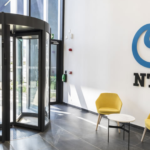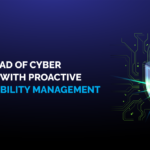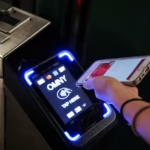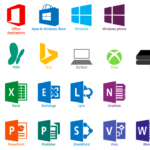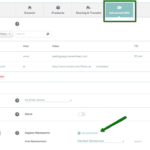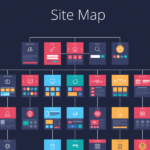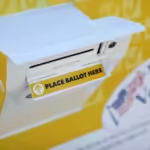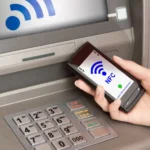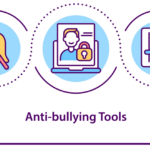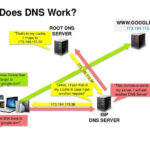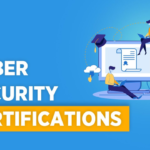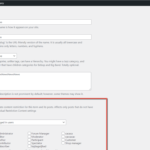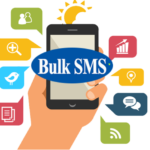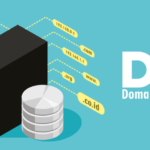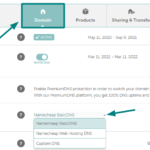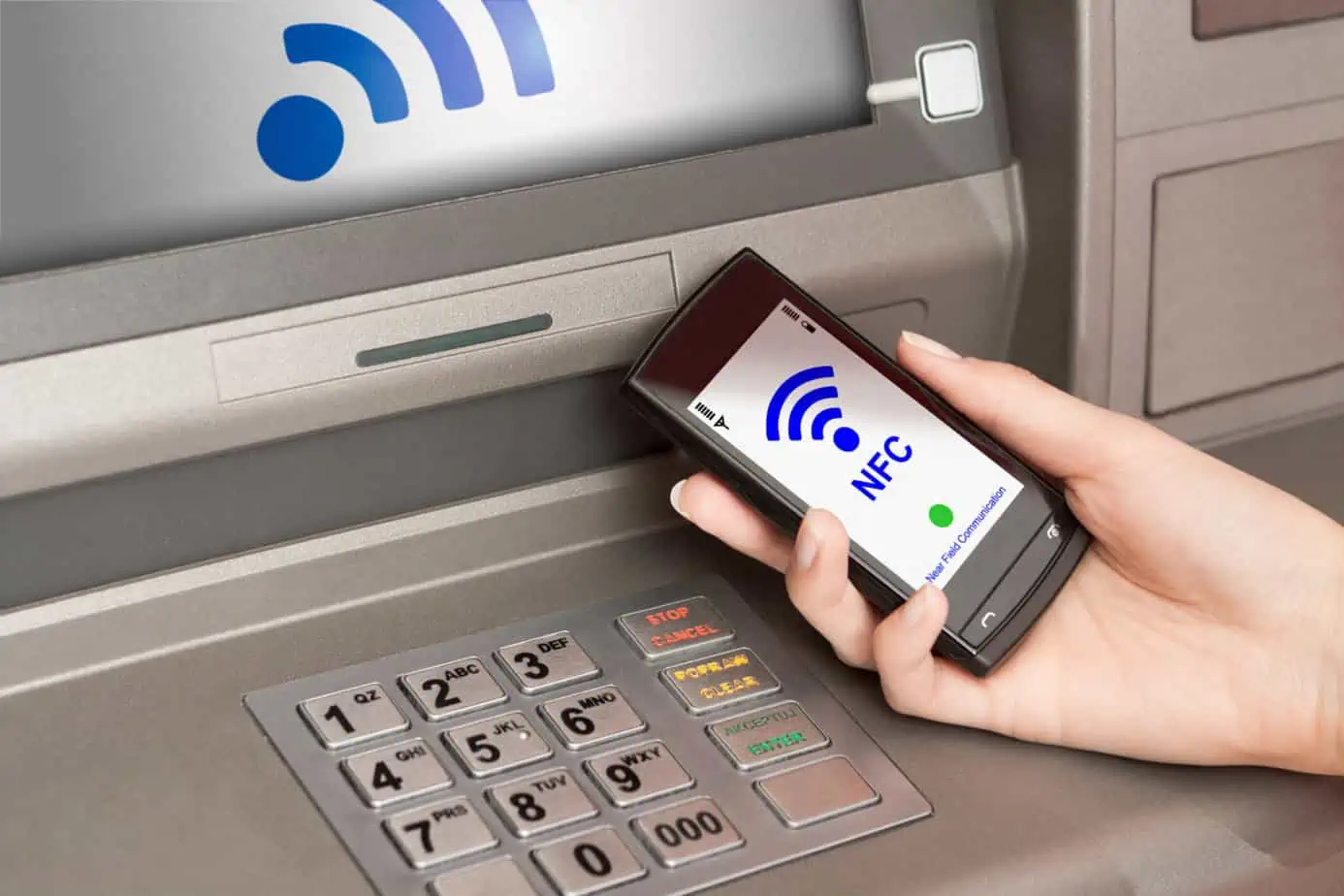
Like any technology, cardless ATMs have their pros and cons.
Advantages of Cardless ATMs
- User-Friendly: Transactions become easier without needing a physical card; you can rely on your mobile app or digital wallet.
- No Wallet Required: If you forget your wallet, you can still access funds as long as you have your mobile device and the relevant banking app.
- Reduced Germ Exposure: Contactless technology minimizes physical interactions with the ATM, potentially lowering your exposure to germs.
- No Extra Fees: Typically, there are no additional charges for using a cardless ATM.
Disadvantages of Cardless ATMs
- Limited Availability: Depending on your location, there may be few or no cardless ATMs available, or your bank might not support them.
- Technical Issues: Your device might encounter syncing problems with the apps or technology needed to use a cardless ATM.
- Preference for Traditional Methods: Some people may prefer withdrawing cash using a physical card rather than navigating contactless technology.
- Device Security Risks: If your phone is lost or stolen, someone could potentially access your accounts unless you have adequate security measures in place.
Banks Offering Cardless ATM Access
Several banks provide access to cardless ATMs, including:
- Bank of America
- Capital One
- JPMorgan Chase
- U.S. Bank
- Wells Fargo
- Chase
- Ecobank
How to Use a Cardless ATM
Using a cardless ATM varies by institution and technology, but generally involves the following steps:
- Open Your App: Launch your mobile app or digital wallet to initiate a transaction.
- Tap or Scan: For NFC-equipped ATMs, tap your phone on the contactless symbol. If using a QR code, scan it with your camera, and you may need to verify your identity.
- Enter Your PIN: Input the PIN associated with the account from which you’re withdrawing cash.
- Complete the Transaction: Finish the withdrawal and collect your cash.
Security Considerations for Cardless ATMs
Cardless ATMs are generally seen as safer than traditional ones due to enhanced security measures. They can reduce the risk of fraud, such as skimming, which involves capturing card information. Many cardless ATMs use two-factor authentication and may incorporate biometric security features.
However, cardless ATMs are still susceptible to account takeover fraud, where a fraudster gains access to your digital wallet and can manipulate your accounts. To safeguard your information, it’s essential to:
- Frequently change passwords.
- Update your sign-in credentials.
- Monitor your banking activity closely.
Additionally, adhere to standard safety practices when using any ATM, such as avoiding withdrawals in poorly lit areas, especially at night.









